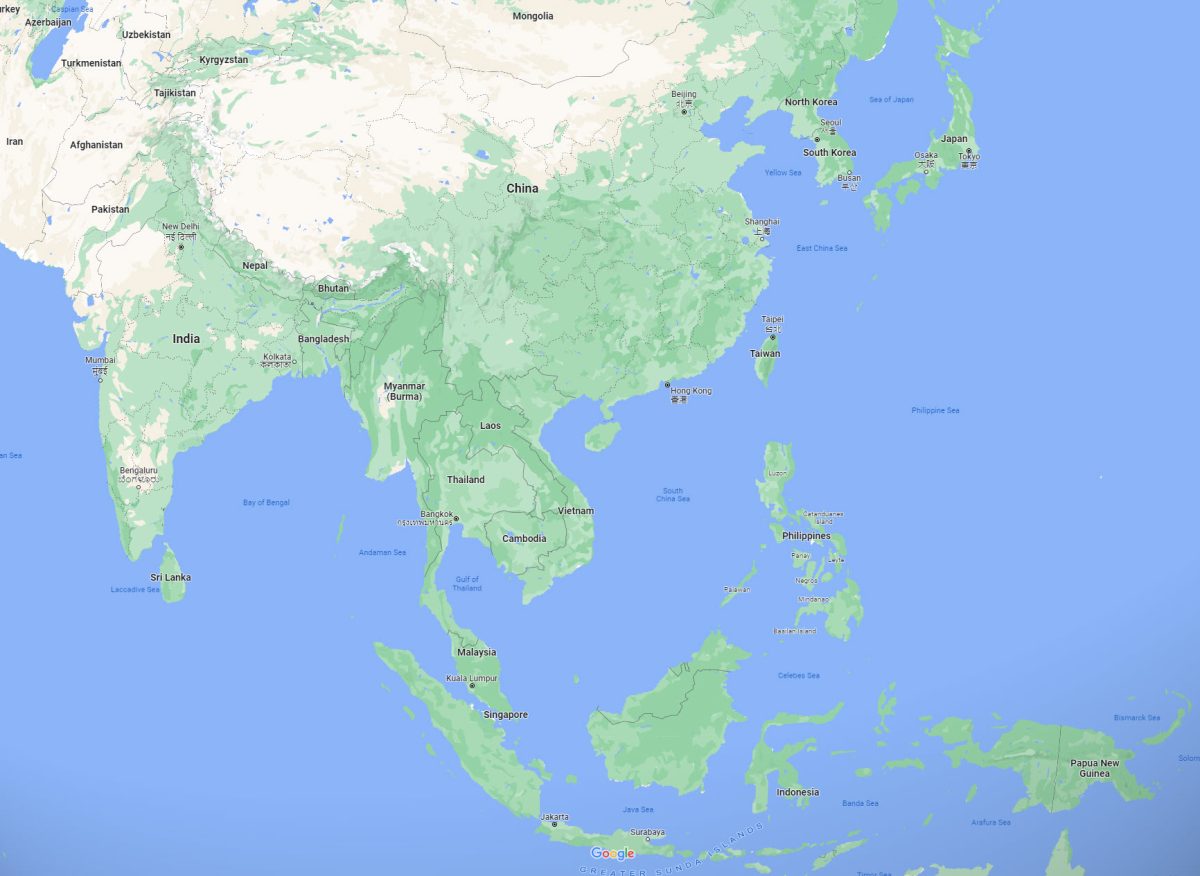Policy Brief – Ecosystem Services & Biodiversity Conservation in Huangyan, Taizhou, China
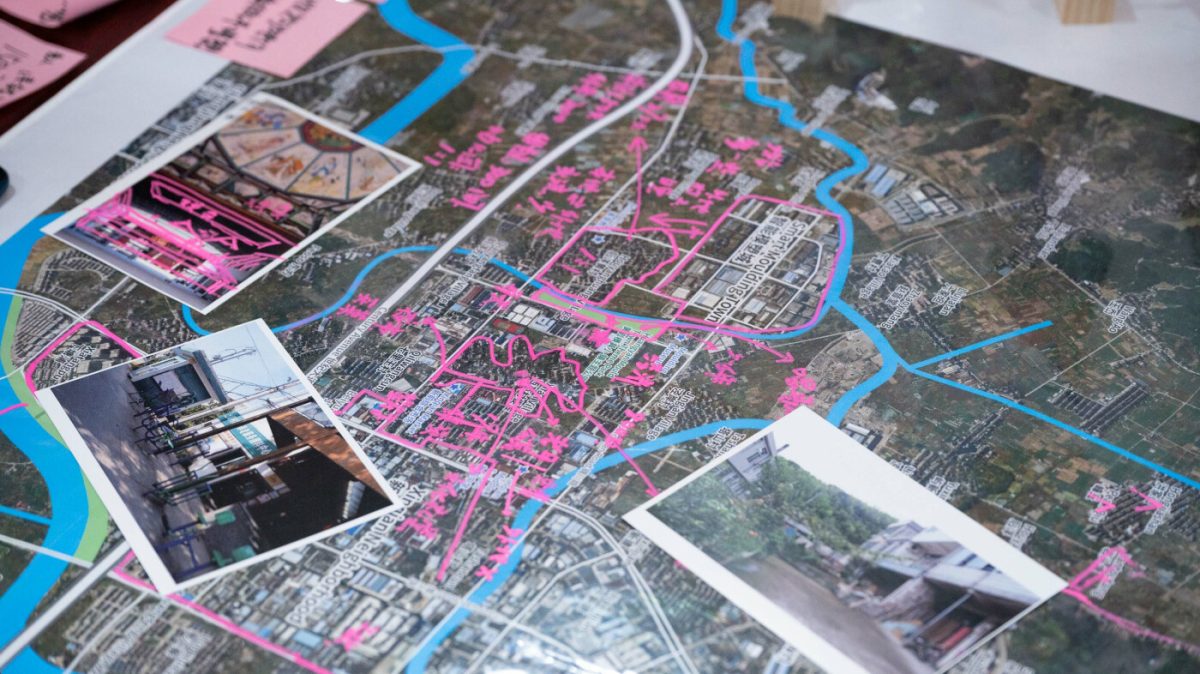
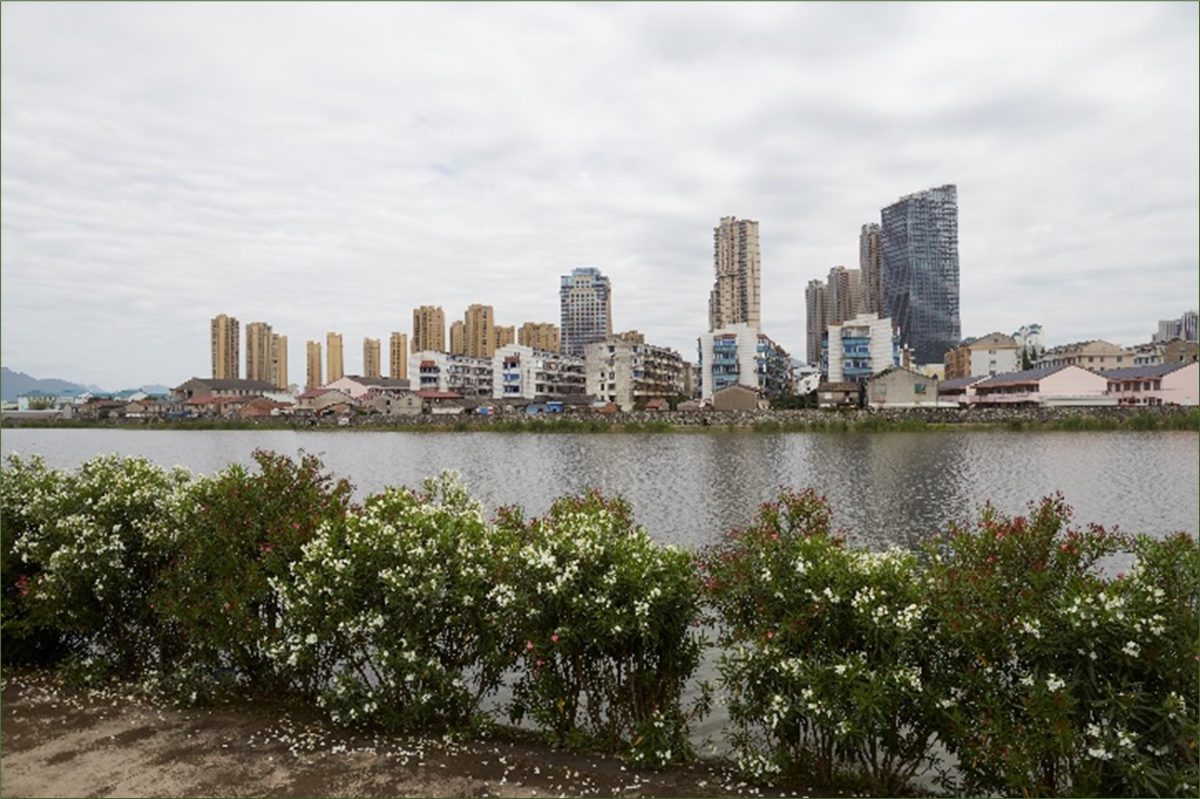 |
 |
Fig. 1 Research area: Huangyan, Taizhou, Zhejiang, China (source: Jörg Gläscher and Habitat Unit, TU Berlin) |
Fig. 2 Living Labs in Huangyan – 1: Beiyang township, 2: Xinqian township (Basemap: Earthstar Geographics) |
Background
The urban-rural nexus is so intertwined that we cannot truly understand the city without also understanding the countryside (Gutierrez-Velez et al., 2022). Urbanisation processes across China are complex and ambiguous, affecting both urban centres and former rural areas. To build a better understanding of the urban-rural constellation and interdependencies, the region Huangyan-Taizhou is examined as an exemplary case study. A shared spatial vision called “Raumbild” will be developed for the region and ecosystem services (ESS) assessments carried out in two living labs (Figure 2).
The term ecosystem services (ESS) is generally used to describe and assess benefits that humans obtain from nature (MA, 2005).
By applying GIS-based methods, we can evaluate such services to gain useful insights into the environment, which can be used to address ecological problems and support sustainable spatial planning. An analysis of the ecological dynamics of land use and ESS in the Chinese research area showed a general decline in ecosystem services due to strong urbanisation processes over the past three decades despite sporadic improvement in some places or at certain times.
Practical implications
- Integrating ESS into urban-rural development planning will bring basic insights to help ensure a sustainable transformation;
- The analysis of overall ESS capacity shows a general loss in these services in Huangyan in the period 1992 to 2020;
- Landscape homogenisation has increased the fragmentation of habitats and driven biodiversity loss;
- Ecological restoration in the urban-rural interface safeguards clean water, fresh air, biodiversity, flood management as well as creating leisure and recreation opportunities.
Dynamics of land use and ecosystem services in Huangyan
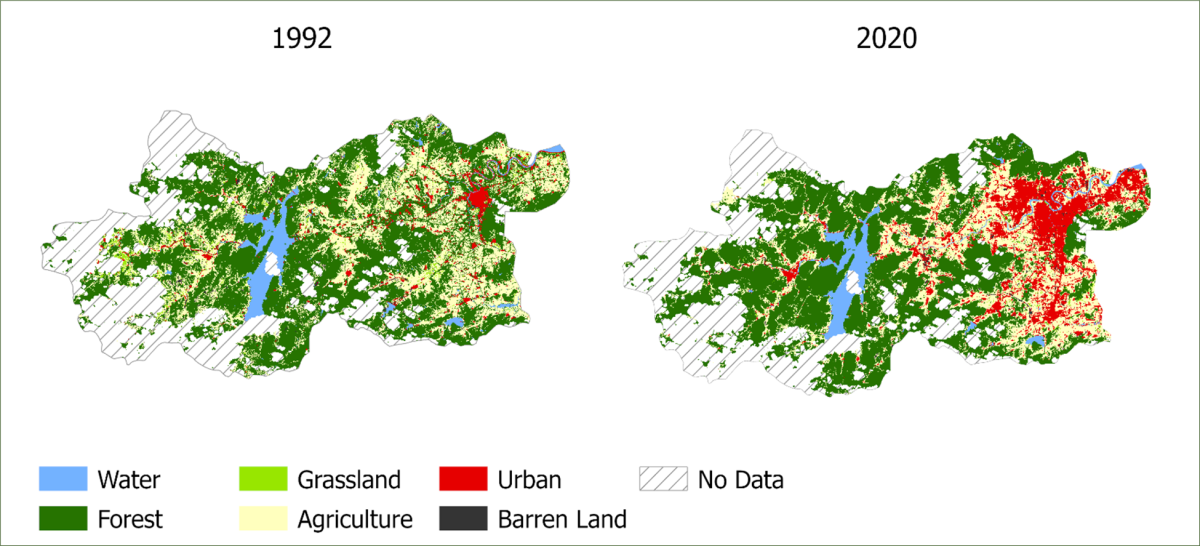
Fig. 3 Land use and land cover in Huangyan in the years 1992 and 2020 (maps by A. M. Haase, IOER)
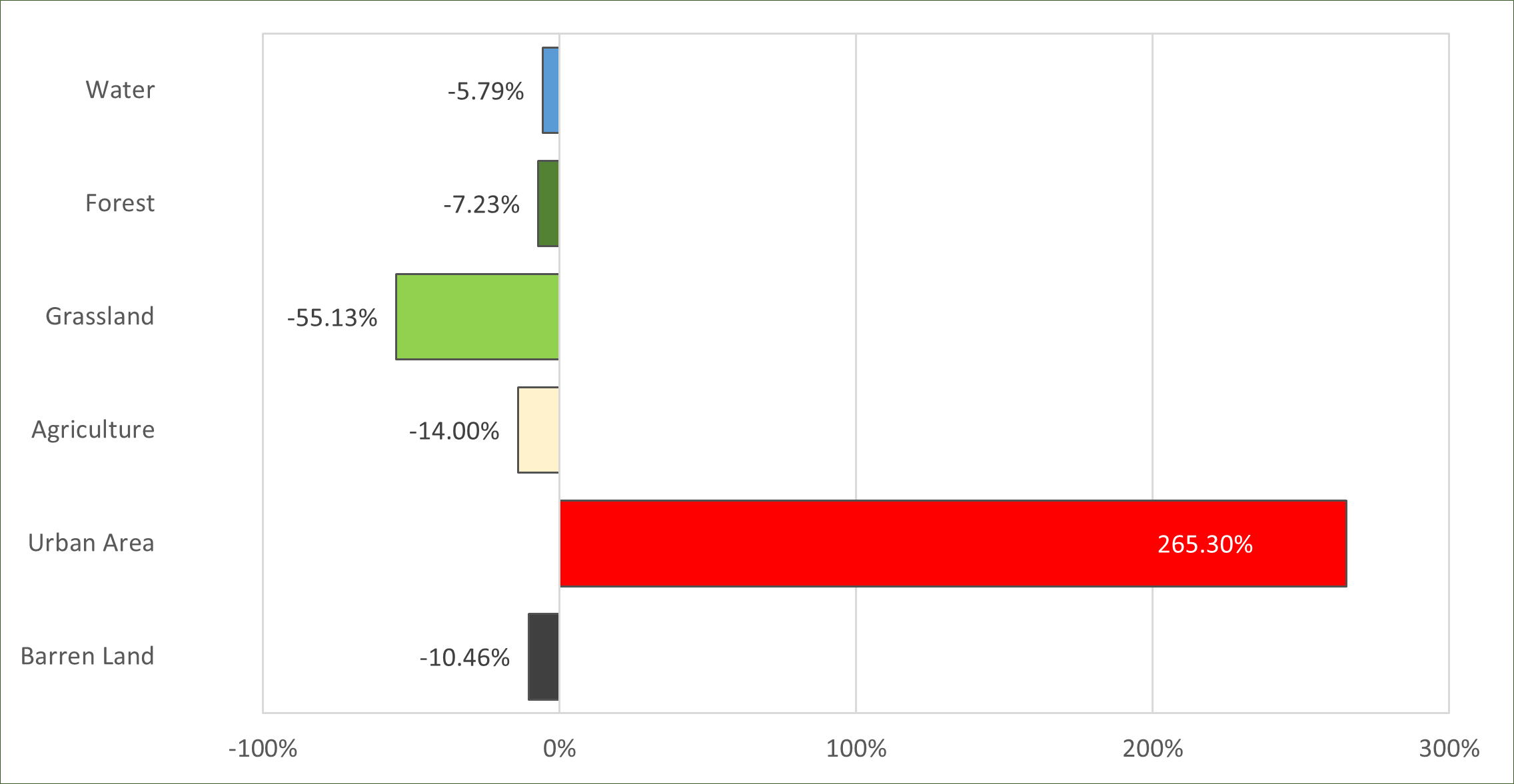 |
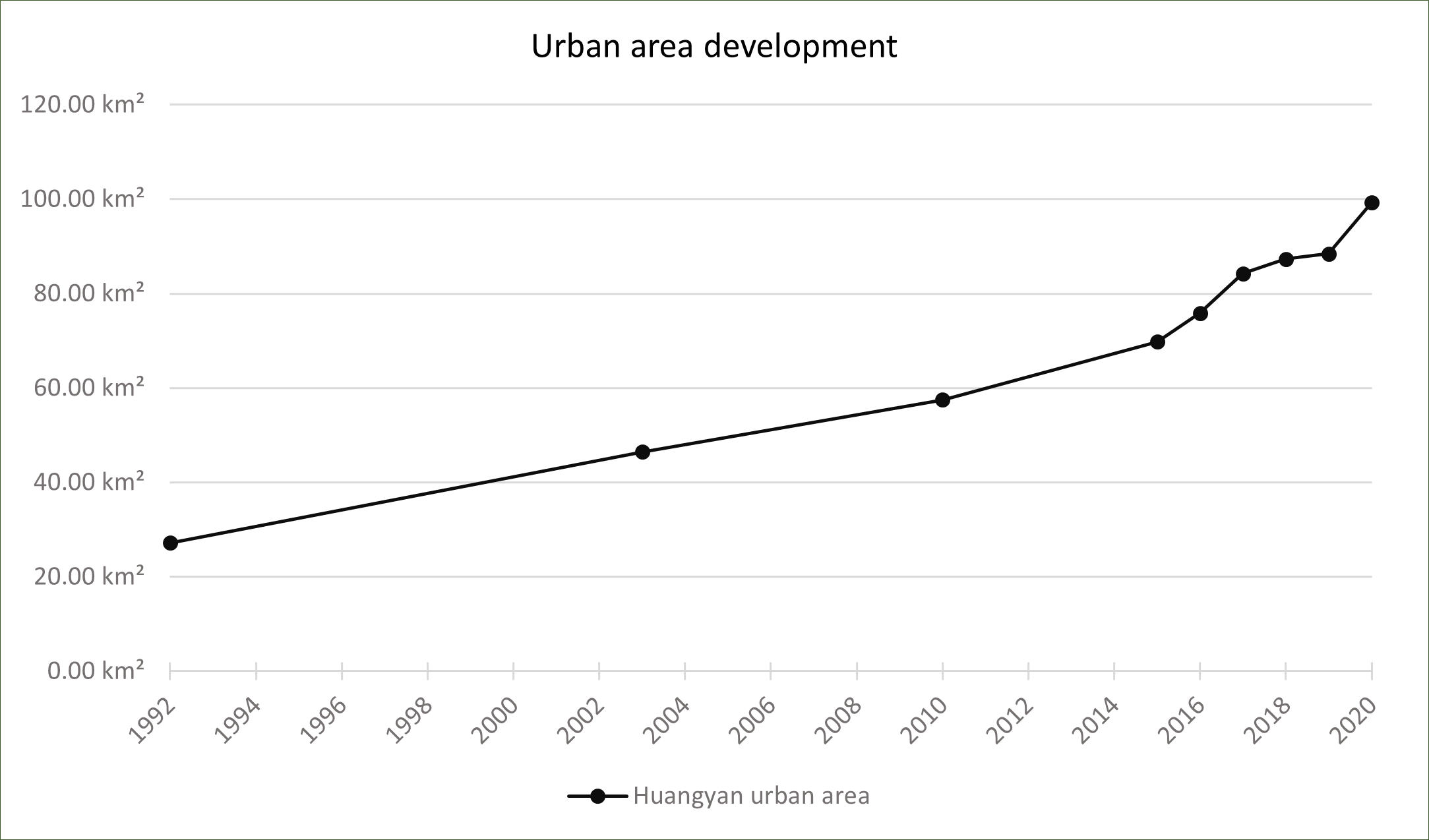 |
Fig. 4 Relative change in land cover classes in Huangyan in the period 1992-2020 (Modified from: Xiao et al., 2022) |
Fig. 5 Urban area development in Huangyan in the period 1992-2020 (Modified from: Xiao et al., 2022) |
The maps in Figure 3 show that in both 1992 and 2020, forest and agriculture were the dominant forms of land cover in Huangyan, followed by urbanised areas. The analysis of land cover indicates continual growth in urban area, a process which accelerated in the period 2015-2020 (Figure 5). While built‑up land covered just approx. 3 % of the total area of Huangyan in 1992, urban areas expanded to cover 13 % by 2020 (Figure 5). Although urban areas accounted for a relatively small share of the total land cover, this proportion grew dramatically in the study period by approximately 265 % (Figure 4).
The results show that the woodland decreased significantly in the period 1992-2020. Although by 2020, forests still covered more than half of the total area of Huangyan, the extent of woodland decreased by 31 square kilometres, i.e. 7 %, compared to 1992. The area of grassland also decreased during the same period. While the overall proportion of grassland in Huangyan is low compared to woodland or cultivated land, the decline is significant at just over 55 per cent (Figure 4).
The analysis of overall ESS capacity in Huangyan district in the period 1992-2020 revealed a slow yet clear fall in capacity with marked dips in 2015 and 2017 (Figure 7). This trend is clearly related to the decrease in vegetative areas, especially woodland. As forests cover a large part of Huangyan, they are prominent in biodiversity conservation efforts and ecosystem service capacity assessment. The decline in forest area was certainly a major driver behind the decline in Huangyan’s ESS capacity in the period in question. The main reason for the decrease in forest area was urbanisation and the associated expansion of built-up areas and increase in cultivated land. This highlights the importance of protecting and restoring forest and grassland in the future, especially in peri-urban areas.
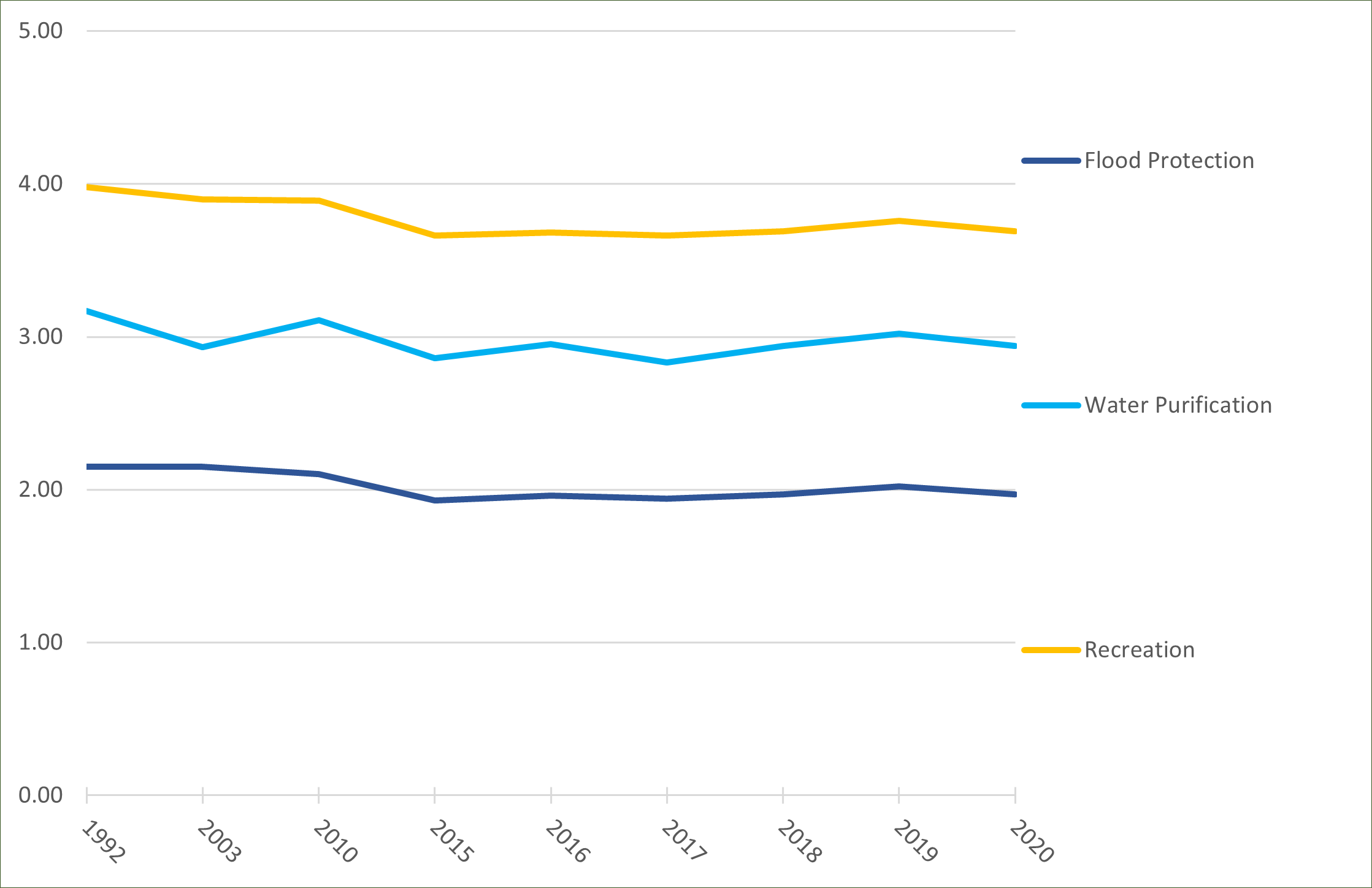 |
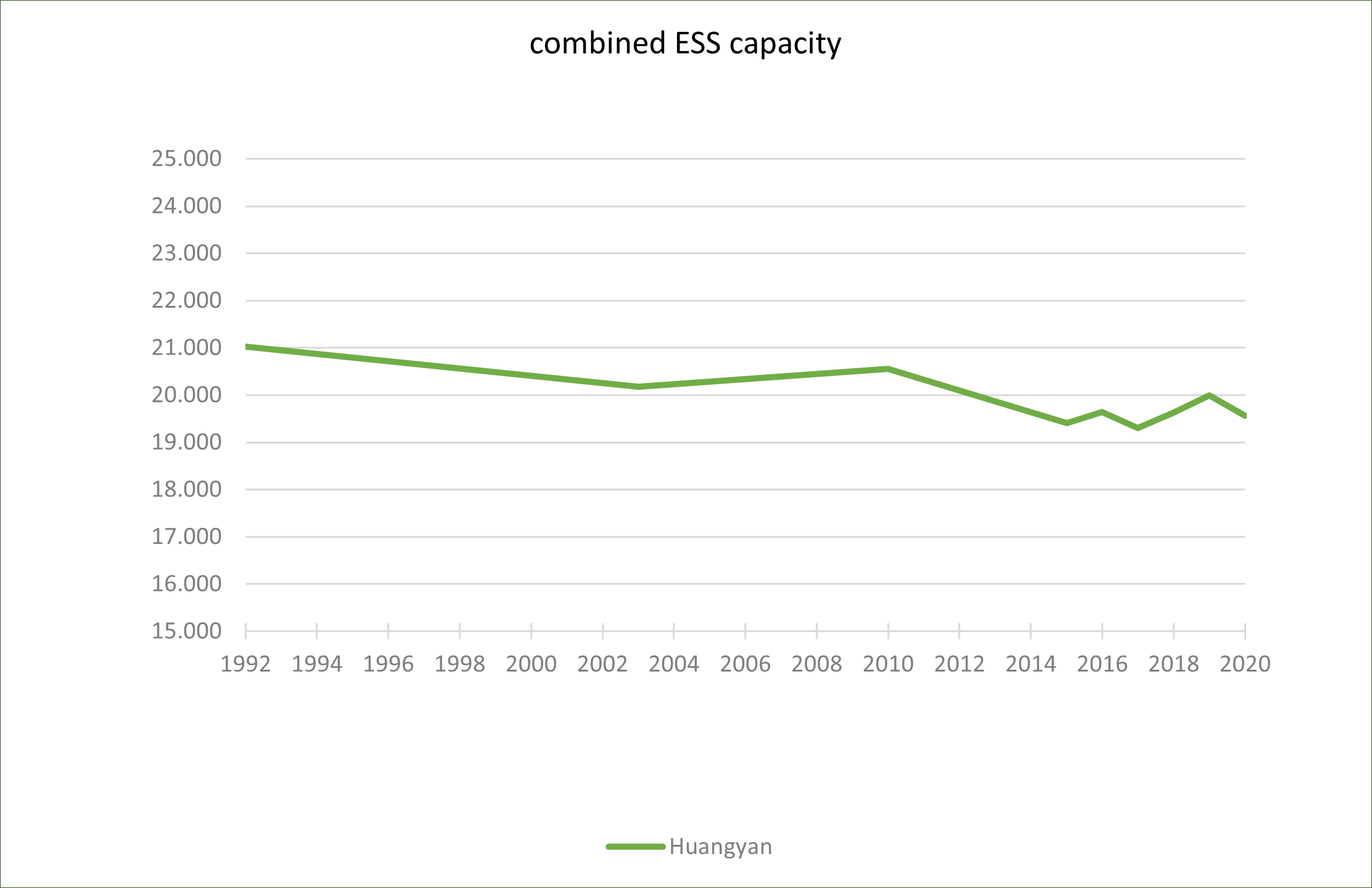 |
Fig. 6 Trends in ESS capacity in Huangyan, (Modified from: Xiao et al., 2022) |
Fig. 7 Trend in mean ESS capacity in Huangyan in the period 1992-2020 (source: IOER) |
As well as analysing the overall capacity, we also considered individual ESS indicators. In Huangyan, the ecosystem service with the largest capacity was found to be recreation (Figure 6), while water purification, rainfall regulation and provision of drinking water also play important roles. Huangyan Changtan reservoir is one of the main sources of drinking water in the Huangyan-Taizhou region, and measures here to protect water resources and to rationalise utilisation have helped strengthen and improve water purification, biodiversity protection and ecological recreation. However, the irrigation ditches and river network around the reservoir lack ecological buffer zones, greatly reducing the flood retention capacity and raising the potential risk of flooding. In addition to further dredging of the river network it is imperative to protect and restore the region’s wetlands. Huangyan has a high potential for leisure and recreation services, especially green eco-leisure services, which need to be further upgraded and expanded.
Landscape homogenisation & habitats
Changes in land-use patterns brought about by urbanisation have a direct impact not only on landscapes and ESS but also on biodiversity. Taking a closer look at the living lab of Beiyang Town, we can see significant changes in ecosystem services in the study period. Figure 8 shows a striking change in the habitat function for biodiversity: many smaller habitats and biotopes were eliminated by more intensive land use through expanded urban and agricultural areas, resulting in a wide-scale homogenisation of the landscape and its habitats. In turn, this served to isolate previously linked ecosystems and biodiversity hotspots as well as to reduce the extent of recreational and flood retention areas.
However, some habitats of larger size and higher ecological value were preserved and well protected, such as the “green kidneys” under the Yongning River Bay and the large forested areas on either side of the Changtan reservoir. At the same time, a large number of ecological buffer zones around the Yongning River disappeared and the river ecosystem was disrupted in some sections. Fieldwork revealed the growth and unchecked spread of alien invasive species such as Canada yellow dock in some abandoned or neglected river sections (Figure 9). In contrast, many thriving vegetable gardens or small plots of cultivated land could be found in various sections of the river (Figure 10).

Fig. 8 Transformation of ecosystem service (habitat for biodiversity) in the urban living lab of Beiyang Town from 1990-2020 (source: maps created by A. M. Haase, IOER)
 |
 |
Fig. 9 Canada goldenrod (Solidago canadensis L.) grows unchecked on riverbanks (Photo: S. Xiao) |
Fig. 10 Riverside Vegetable Patch (Photo: S. Xiao) |
Biodiversity loss and protection
Research has shown a decline in terrestrial insect populations in Huangyan. Here the main drivers are habitat loss, chemical pollution (e.g. the use of pesticides) and the impact of climate change (Biodiversity Survey and Assessment in Huangyan District, Technical Report, 2022). Despite the strict “red lines” which have been drawn up from national to local level for the purpose of ecological protection, there are still certain gaps in the protection of species and their distribution. For example, several habitats of the golden-billed crested butterfly, which has been listed as a national priority for conservation, are not included in the network of protected land even though these lie directly beside currently protected areas (ibid.). Therefore, the existing ecological “red line” protection network should be maintained and expanded to secure and restore other habitats and thereby protect (in particular) various endangered and rare species(see Figures 11).
Biodiversity protection not only safeguards endangered species; it also protects plants/animals and their habitats that play essential roles in human life and production processes. For example, pollinators such as insects and butterflies are needed for agricultural production. The protection of wastelands and ecological buffer zones also secures habitats for these pollinators. This is a good example of hidden benefits, whereby areas seen as unproductive such as wastelands can actually fulfil an important function. Clearly, it is vital that we reduce the use of chemical fertilisers and pesticides, raise public awareness of the environment, and combine economic, legal and policy measures to protect farmland biodiversity.
Cities also serve as laboratories for the study of biodiversity. Green space in urban and peri-urban areas can serve as a refuge for wildlife. Urban biodiversity can mitigate the heat island effect, reduce pollution, beautify the environment and enhance residents’ sense of well-being and belonging. Furthermore, daily human-nature interaction in cities helps to promote the public understanding of and participation in biodiversity protection, as well as fostering the implementation of relevant policies and thereby speed up the mainstreaming of biodiversity conservation.
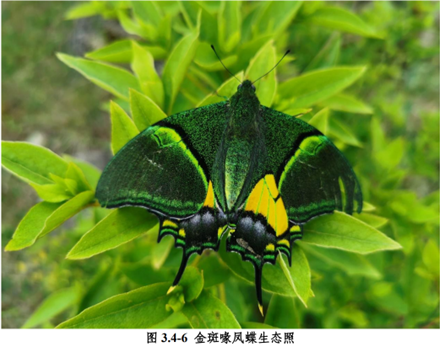 |
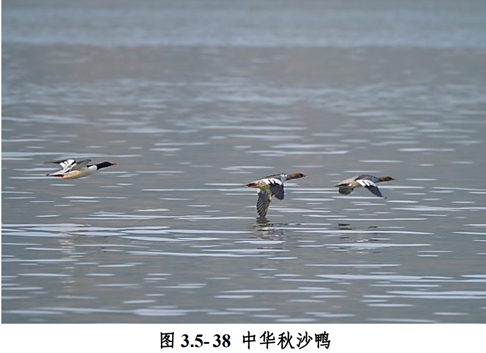 |
 |
Fig. 11 Endangered species in Huangyan deserving special protection (source: Biodiversity Survey and Assessment in Huangyan District, Technical Report, 2022)
Ecological Restoration
Ecological restoration is the process of assisting the recovery of an ecosystem that has been degraded, damaged or destroyed (SER, 2002). To ensure a more sustainable development of the Huangyan Region over the next decades, we propose several restorative steps, illustrated using the example of Beiyang township (see Figure 12): As well as protecting the Changtan reservoir as a major supply of drinking water, linear biodiversity elements should be reconnected, waterside habitats expanded and general flood protection improved. Biodiversity hotspots such as hilly landscape elements should be preserved and reconnected with surrounding ecosystems in mountainous areas. Smaller green spaces should be treated as stepping stones for local species to create even closer ecological ties and green bridges in the region.

Fig. 12 Suggestions for ecological restoration in Beiyang township, based on biodiversity assessment (Basemap: Esri, NASA, NGA, USGS; map: created by IOER)
EU/German experience
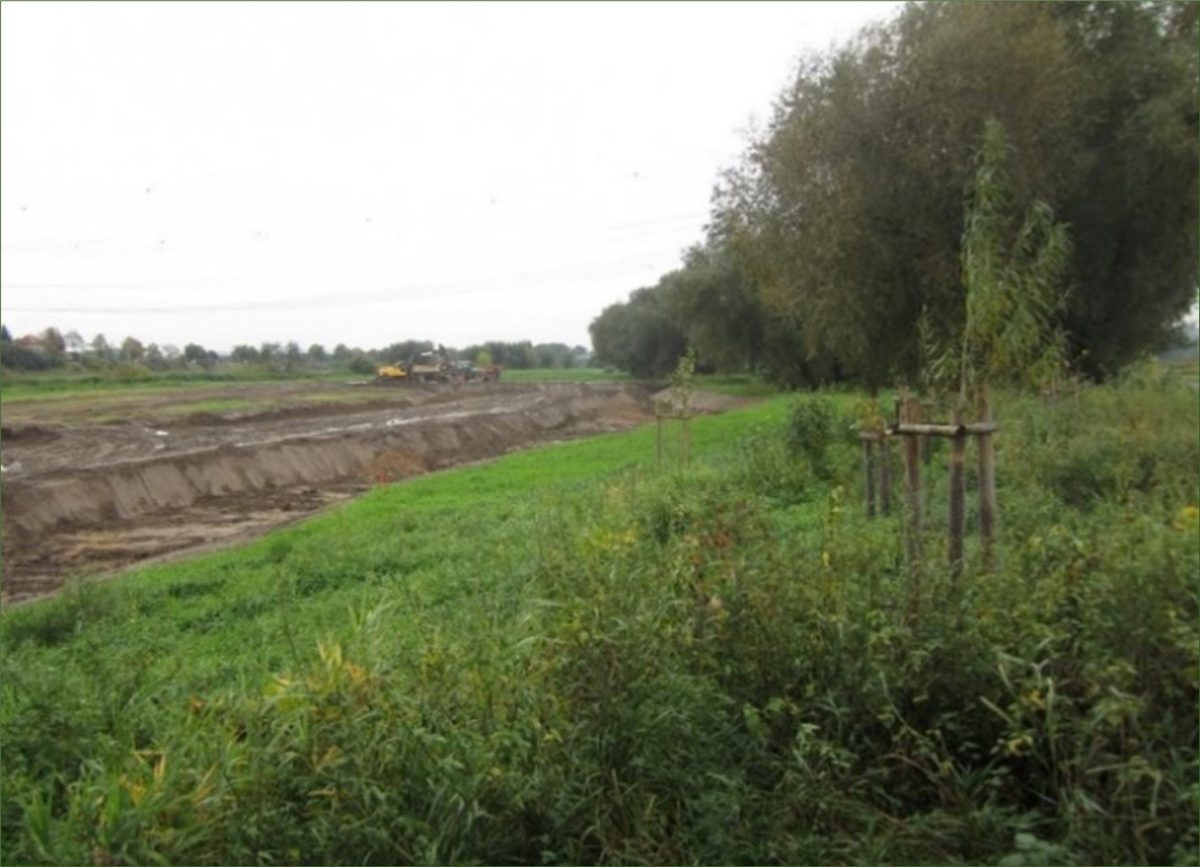 |
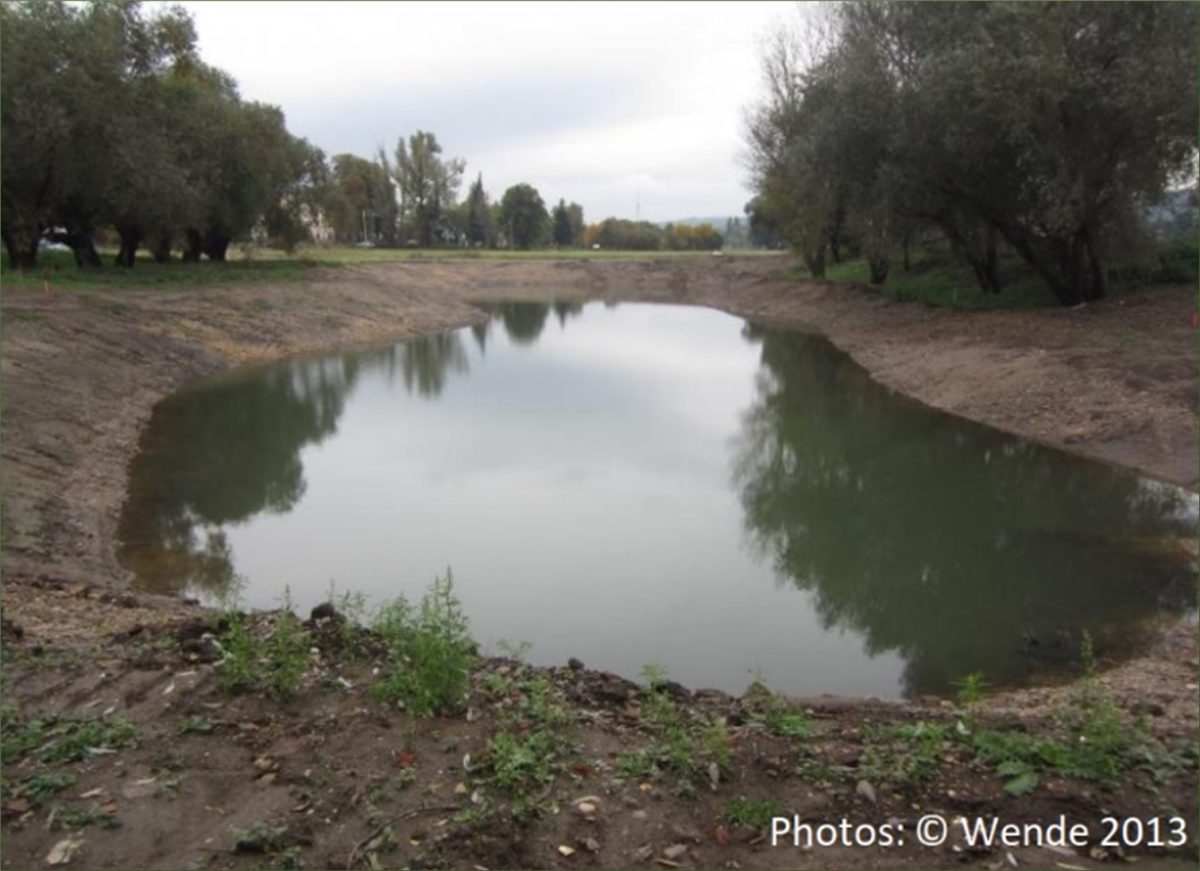 |
Fig. 13 Restoration of a floodplain beside the Elbe River in Dresden, Germany: removal of debris, re-wetting, re-planting, re-wilding |
Fig. 14 Restoration of an old oxbow lake in Dresden, Germany |
While not easy to achieve, the restoration of destroyed ecosystems has an enormous potential to reshape landscapes and enhance their ecological value. The possibility of success in these time-consuming processes is illustrated here by a local project from Germany, namely the restoration of a floodplain and an old oxbow lake (see Figures 13 & 14).
Here former arms of the Elbe River that had been filled with building rubble 120 years ago were re-naturalised. The old river course was dredged, near-natural plantings undertaken and rewetting begun. Other areas were given over to natural succession in order to create near-natural habitats for endangered animal and plant species.
Conclusion & recommendation
The Huangyan region possesses great ESS potentials that should be preserved and restored in areas which have suffered under the processes of urbanisation. The steady decline in ESS underlines the need to act now. The ideas proposed in this policy brief for Huangyan district and Beiyang township could serve as a starting point for future integrated urban and rural environmental planning. As the loss of grasslands and forests destroys vital habitats, the region should be protected from the further degradation of green space, especially at forest fringes and pre-urban areas. Remaining habitats must be preserved while former habitats should be restored and reconnected to their surrounding ecosystems in order to provide stepping stones between biodiversity hotspots. Specifically, we recommend:
- Protecting and restoring forests, grasslands and wetlands, which are valuable assets for ecosystem services;
- Improving the connectivity and accessibility of green spaces such as parks, rivers, ponds and forest, etc.;
- Enhancing biodiversity conservation in both urban and rural areas, especially in settlement and residential areas;
- Promoting the mainstreaming of biodiversity conservation and environmental protection through laws and regulations, economic instruments as well as measures to inform and educate the general public.
- Blue-green space is a common and valuable asset in both urban and rural areas, and the protection and restoration of ecosystems is of great benefit to current and future generations.
References and further reading
- Burkhard, B., Kroll, F., Nedkov, S., Müller, F., 2012. Mapping ecosystem service supply, demand and budgets. Ecol. Indic. 21, 17–29. https://doi.org/10.1016/j.ecolind.2011.06.019
- Gao, X., Langguth, H., Lynam, A., Misselwitz, P., 2020. URA Periodical – Issue 1: Interfaces. Univ. TU Berl. https://doi.org/10.14279/depositonce-10570
- Gutierrez-Velez, V.H., Gilbert, M.R., Kinsey, D., Behm, J.E., 2022. Beyond the ‘urban’ and the ‘rural’: conceptualizing a new generation of infrastructure systems to enable rural–urban sustainability. Curr. Opin. Environ. Sustain. 56, 101177. https://doi.org/10.1016/j.cosust.2022.101177
- Lynam, A., Huang, H., Abels, S., Yang, G., 2023. URA Periodical – Issue 2: Dialogues. Univ. TU Berl. https://doi.org/10.14279/depositonce-16308
- SER, 2002. SER [WWW Document]. https://www.ser.org/page/SERDocuments. URL https://www.ser.org/ (accessed 7.5.23).
- Xiao, S., Fügener, T., Wende, W., Yan, W., Chen, H., Syrbe, R., Xue, B., 2022. The dynamics of vegetation and implications for ecosystem services in the context of urbanisation: An example from Huangyan-Taizhou, China. Ecol. Eng. 179, 106614. https://doi.org/10.1016/j.ecoleng.2022.106614
- Grunewald K, Li J, Xie G, Kümper-Schlake L. Towards Green Cities: Urban Biodiversity and Ecosystem Services in China and Germany. Springer; 2017
This policy brief offers conclusions based on the research project URA (Urban-Rural Assembly), which was funded by the Federal Ministry of Education and Research Germany (BMBF) under funding code 01LE1804B1. The team of authors would like to thank the BMBF and the DLR for this funding. We would also like to thank all experts who have commented on the brief as well as supporting institutions. A more comprehensive publication will be released at a later stage of this ongoing project. Therefore, further remarks and information are still welcome.
Authors:
Dr. Suili Xiao, Prof. Wolfgang Wende & Alexander Maximilian Haase
Leibniz Institute of Ecological Urban and Regional Development (IOER), Dresden, Germany
Prof. Wentao Yan & Hui Chen
Tongji University, Shanghai, China
Yuqiu Chen
Taizhou Pollution Control Technology Center Co.LTD, Taizhou, Zhejiang, China
Prof. Jiang Chang
China University of Mining and Technology (Xu Zhou)
Dr. Wei Hou
Chinese Academy of Surveying and Mapping (CASM), Beijing, China
Dr. Fengchun Zhang
Chinese Research Academy of Environmental Science (Previous work place, now retired)
Prof. Jiang Wang
Taizhou University
Ji Xu & Siqiao Yuan
ICLEI East Asia


